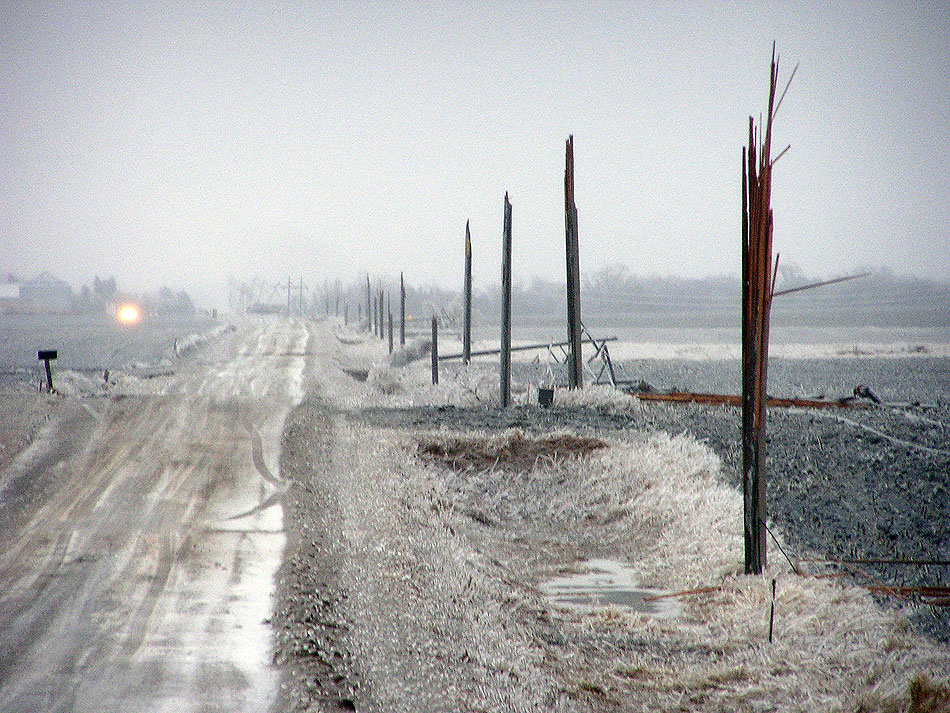Resilience depends more on determination than technology.
Michael T. Burr is Fortnightly’s editor-in-chief. Email him at burr@pur.com
In the shadow of the Buffalo Ridge, the municipal utility in Worthington, Minn., recently ran its electric system as a de-facto microgrid.
During unseasonably harsh winter storms in April, the five-person crew of Worthington Public Utilities scrambled to maintain a semblance of service to the town’s 12,000 residents. Freezing rain, followed by heavy snowfall and high winds, snapped power poles like toothpicks. In the surrounding Murray and Nobles counties, the storm destroyed at least 2,000 poles. But since Worthington had undergrounded all of its power lines over the past two decades, the city’s system was fully intact—just dark, because all of its power comes from three 69-kv transmission lines that were knocked out by the storm.

